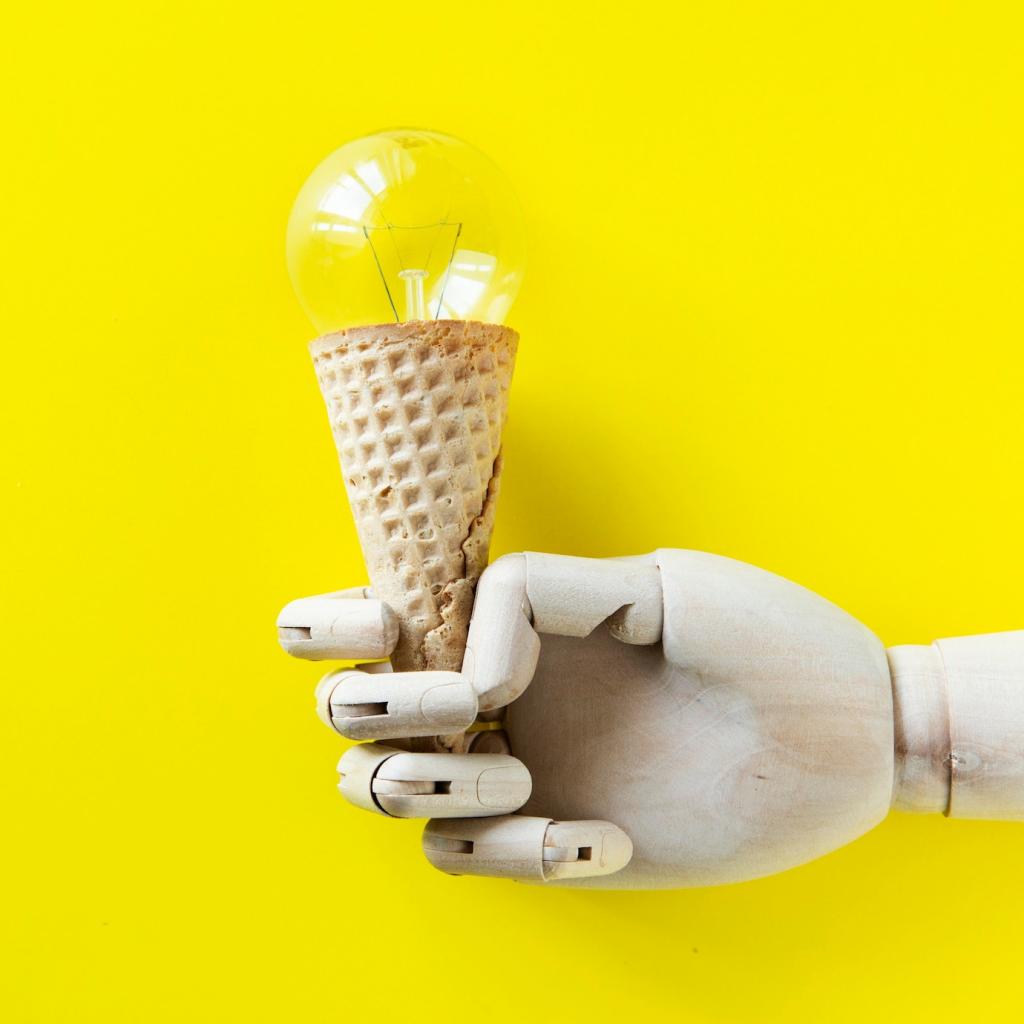From Breadboard Prototype to Tidy Everyday Device
Strain‑relieve the USB cable, avoid loose jumpers, and choose thicker wires for power runs. Add a capacitor near Wi‑Fi boards to handle brief surges. Use Velcro or screws to mount the board so your cat, kids, or vacuum cleaner cannot disconnect anything.
From Breadboard Prototype to Tidy Everyday Device
Plastic project boxes keep fingers safe and sensors accurate. Vent openings near temperature sensors prevent heat buildup. If monitoring plants, include drip loops on cables to direct water away. Label the enclosure so future you can service it quickly and calmly.
From Breadboard Prototype to Tidy Everyday Device
Snap photos of wiring, list library versions, and save configuration notes. A tiny README in your project folder prevents future confusion and helps others learn. Share your write-up and invite readers to comment with improvements or creative variations.
From Breadboard Prototype to Tidy Everyday Device
Lorem ipsum dolor sit amet, consectetur adipiscing elit. Ut elit tellus, luctus nec ullamcorper mattis, pulvinar dapibus leo.









